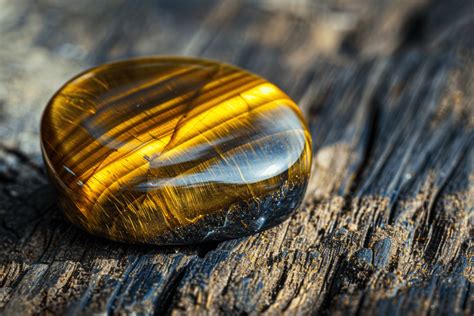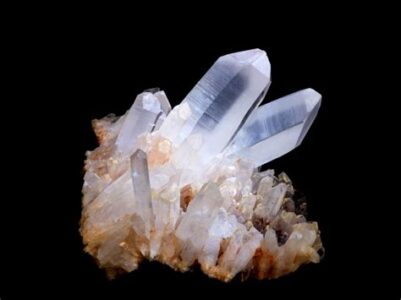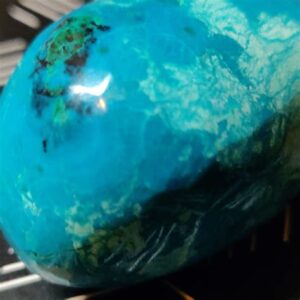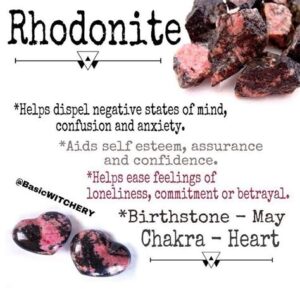Introduction
Throughout history, gemstones have captivated humanity with their mesmerizing hues and enigmatic qualities. Among this vibrant tapestry of minerals, green and red gemstones hold a special allure, symbolizing renewal, prosperity, and passion. This article delves into the captivating world of green and red stones, exploring their geological origins, characteristics, and the unique value they bring to jewelry, healing, and beyond.

Green Stones: The Essence of Nature
Emeralds
Emeralds, the epitome of verdant beauty, are a variety of beryl renowned for their vibrant green hue. Their name derives from the Greek word “smaragdos,” meaning “green.” Ancient Egyptians believed emeralds represented the goddess Isis, symbolizing fertility and growth. Today, these precious stones are prized for their clarity, intensity of color, and inclusion-free nature.
Peridots
Peridots, also known as olivines, enchant with their olive-green to pistachio-green hues. They are believed to have originated in meteorites and are often found in volcanic rocks. Peridots symbolize harmony, balance, and prosperity. Their unique color makes them a popular choice in jewelry, particularly during the Art Deco period.
Jade
Jade, a symbol of tranquility and luck, is a gemstone composed of two distinct minerals: jadeite and nephrite. Jadeite exhibits a range of green hues, from deep emerald to pale mint, while nephrite typically has a more opaque, darker green appearance. Highly valued in Asian cultures for centuries, jade is associated with wisdom, purity, and protection.
Red Stones: A Symphony of Passion
Rubies
Rubies, the epitome of crimson brilliance, are a variety of corundum known for their deep red color. Their name stems from the Latin word “ruber,” meaning “red.” In ancient times, rubies were believed to symbolize love, power, and courage. They are renowned for their hardness, second only to diamonds, making them highly sought after for jewelry.
Garnets
Garnets, a family of gemstones, exhibit a wide range of red hues, from fiery pomegranate red to deep burgundy. Their name originates from the Latin word “granatus,” meaning “seed,” as their rounded crystals resemble pomegranate seeds. Garnets symbolize passion, strength, and vitality. They are often used in jewelry, particularly during the Victorian era.
Carnelian
Carnelian, a variety of chalcedony, captivates with its warm reddish-orange hue. Its name is derived from the Latin word “carneus,” meaning “flesh.” Carnelian is believed to promote vitality, creativity, and self-confidence. It is popular for creating intricate carvings and jewelry.
Green and Red Stone Applications: Beyond Adornment
Beyond their aesthetic allure, green and red stones are believed to possess metaphysical properties and therapeutic benefits.
Healing Properties
According to crystal healers, green stones promote emotional balance, healing, and growth. Emeralds are said to soothe the heart and ease anxiety, while peridots are believed to detoxify the body and promote restful sleep. Red stones, on the other hand, are associated with energy, vitality, and passion. Rubies are believed to stimulate circulation and boost confidence, while garnets are said to enhance fertility and balance the root chakra.
Jewelry Design
Green and red stones have been incorporated into jewelry for centuries. Emeralds and rubies are often used in high-end jewelry, while peridots, jade, garnets, and carnelian are popular choices for both fine and costume jewelry. These stones add a touch of nature-inspired elegance and vibrant color to any outfit.
Art and Decoration
Green and red stones have also found their way into art and decoration. Emeralds and rubies have been used to adorn royal crowns and religious artifacts, while peridots, jades, garnets, and carnelian have been incorporated into sculptures, mosaics, and other decorative objects. Their vibrant hues and natural beauty add a touch of opulence and sophistication to any space.
Green and Red Stone Market Value
Emerald Market
The global emerald market is estimated to be valued at over $300 million. Emeralds are highly prized due to their rarity, especially those with exceptional clarity and color. Factors such as carat weight, origin, and certification influence their value.
Ruby Market
The global ruby market is estimated to be worth over $1 billion. The most valuable rubies are those with a deep red color and excellent transparency. Burma (Myanmar) is renowned for producing some of the world’s finest rubies.
Peridot Market
The global peridot market is relatively small compared to emeralds and rubies. However, peridots have gained popularity in recent years due to their unique color and affordability. Larger peridots are more valuable.
Garnet Market
The global garnet market is diverse, with different types of garnets having varying values. Demantoid garnets, prized for their intense green color, are among the most valuable.
Jade Market
The global jade market is largely influenced by Chinese demand. High-quality jadeite can fetch millions of dollars, while nephrite jade is typically more affordable.
Innovative Applications: Mining Uncharted Territories
Beyond traditional applications, researchers are exploring innovative ways to utilize green and red stones. A new concept, “biogemology,” focuses on understanding the biological interactions of gemstones with living organisms. This field holds potential for developing novel medicinal and therapeutic applications.
Another promising area is the use of green and red stones in energy storage and electronics. Certain types of garnets, for example, have shown promise as promising candidates for solid-state batteries.
Tables for Enhanced Understanding
| Gemstone | Mohs Hardness | Chemical Composition | Key Properties |
|---|---|---|---|
| Emerald | 7.5-8 | Be3Al2(SiO3)6 | Vibrant green hue, clarity, inclusion-free |
| Ruby | 9 | Al2O3 | Deep red color, hardness, transparency |
| Peridot | 6.5-7 | (Mg, Fe)2SiO4 | Olive-green to pistachio-green hue, clarity |
| Jade | 6-6.5 | NaAlSi2O6 | Translucent to opaque, range of green hues |
| Gemstone | Birthstone Month | Associated Chakra | Metaphysical Properties |
|---|---|---|---|
| Emerald | May | Heart Chakra | Emotional balance, healing, growth |
| Ruby | July | Root Chakra | Energy, vitality, passion |
| Peridot | August | Solar Plexus Chakra | Confidence, creativity, self-esteem |
| Jade | Varies by culture | Heart Chakra | Luck, tranquility, protection |
| Gemstone | Market Value | Factors Influencing Value |
|---|---|---|
| Emerald | $300 million | Rarity, clarity, color, origin |
| Ruby | $1 billion | Color, transparency, origin |
| Peridot | Smaller market | Size, clarity, color |
| Garnet | Varies by type | Color, clarity, size |
| Jade | Influenced by Chinese demand | Quality, rarity, color |
Frequently Asked Questions
Q: What is the most valuable green stone?
A: Emerald
Q: What is the hardest red stone?
A: Ruby
Q: Which gemstone is associated with August?
A: Peridot
Q: What is the chemical composition of an emerald?
A: Be3Al2(SiO3)6
Q: What is the Mohs hardness of jade?
A: 6-6.5
Q: Which gemstone is believed to promote emotional balance?
A: Emerald
Q: What is the name of the concept that explores the biological interactions of gemstones?
A: Biogemology




























